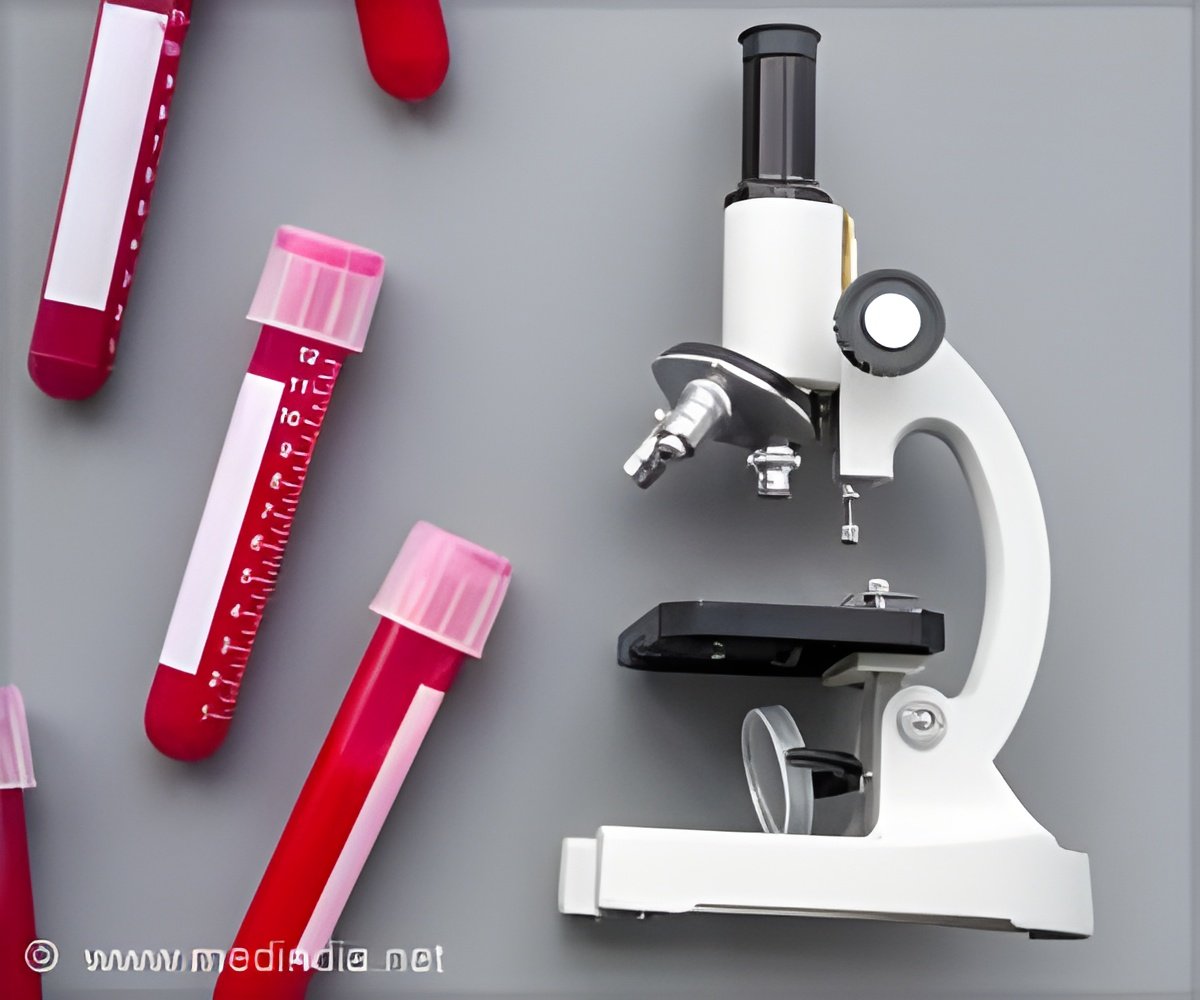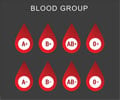Evolution of human (Homo sapiens) ancestors finally gets their blood groups deciphered that lays the base for dating and interbreeding with modern humans along with validation for the disappearance of Neanderthals.

‘Evolution of human (Homo sapiens) ancestors finally gets their blood groups deciphered that lay the base for dating and interbreeding with modern humans. This further validates the low genetic diversity among the Neanderthals, which was the reason for their disappearance.’





However, earlier efforts to unveil their blood groups through gene sequencing were unsuccessful. The present study examined the blood groups of three Neanderthals females and one Denisovans who lived 100,000 to 40,000 years ago to trace out human evolution. Blood Groups Deciphered
The team specified their analysis to seven common blood groups that are considered for blood transfusion purposes, including the ABO (A, B, AB, and O blood types) and Rh systems.
It was found that the ancient hominins had a full range of ABO variability that was observed in modern humans. This was in contrast to previous hypotheses that assert Neanderthals were all type O as similar to chimpanzees that are all type A and gorillas all type B.
Moreover, Neanderthals have a unique Rh allele that is not found in modern humans with the notable exceptions of one Aboriginal Australian and one Papuan.
Advertisement
The findings give rise to an interesting conclusion if these Neanderthals and modern humans had any interbreeding among them before the migration of the latter into Southeast Asia. It was also found that the Neanderthal had low genetic diversity as they were susceptible to erythroblastosis fetalis (hemolytic disease of the fetus and newborn).
Advertisement
The study thereby highlights the hypotheses concerning the African origin, Eurasian dispersal, and interbreeding of the Neanderthals and Denisovan with early Homo sapiens.
Source-Medindia











